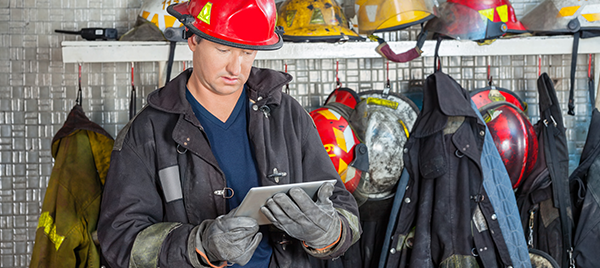
Fire safety is a critical aspect of building maintenance and ensuring the safety of occupants. With the rapid advancement of technology, the future of fire safety is increasingly being shaped by innovative solutions such as fire inspection software. These software tools are revolutionizing the way building inspections are conducted, making the process more efficient, accurate, and thorough.
One of the key benefits of fire inspection software is its ability to automate and streamline the inspection process. Traditionally, fire inspections were conducted using pen and paper, making it a time-consuming and error-prone task. With fire inspection software, inspectors can now use mobile devices to digitally record information, take photos, and generate reports in real-time. This not only saves time but also ensures that all important details are captured accurately.
Another advantage of fire inspection software is its ability to improve data management and accessibility. All inspection reports and data are stored in a centralized database, making it easy to access and retrieve information when needed. This is especially useful for building owners and managers, who can use the data to track compliance, identify trends, and make informed decisions to improve fire safety measures.
Furthermore, fire inspection software often comes equipped with advanced features such as scheduling tools, reminder notifications, and analytics capabilities. These features help users stay organized, ensure timely inspections, and gain valuable insights into their fire safety practices. By leveraging these tools, building owners and managers can proactively address potential issues, improve compliance, and ultimately enhance the safety and security of their buildings.
Fire inspection software also plays a crucial role in facilitating collaboration and communication among stakeholders. Inspectors can easily share inspection reports with building owners, fire departments, and other relevant parties, fostering transparency and accountability. This real-time sharing of information enables faster decision-making and prompt action in addressing any safety concerns that may arise.
As the use of fire inspection software becomes more widespread, it is also driving the adoption of other cutting-edge technologies in the field of fire safety. For example, the integration of Internet of Things (IoT) devices and sensors can provide real-time monitoring of fire hazards, smoke detection, and temperature fluctuations. This data can be seamlessly integrated with fire inspection software to provide a comprehensive view of a building's safety status and enable proactive risk management.
Moreover, the rise of artificial intelligence (AI) and machine learning is further enhancing the capabilities of fire inspection software. These technologies can analyze vast amounts of data to identify patterns, predict potential fire risks, and even recommend preventive measures. By harnessing the power of AI, fire safety professionals can gain valuable insights that help them make more informed decisions and take proactive steps to mitigate fire hazards.
In conclusion, the future of fire safety is undeniably intertwined with the adoption of technology, particularly fire inspection software. By embracing these innovative tools, building owners, managers, and fire safety professionals can enhance the efficiency, accuracy, and effectiveness of their fire safety practices. As technology continues to evolve, we can expect to see even more advanced solutions that revolutionize the way fire safety is managed and ensure the safety of buildings and their occupants.
